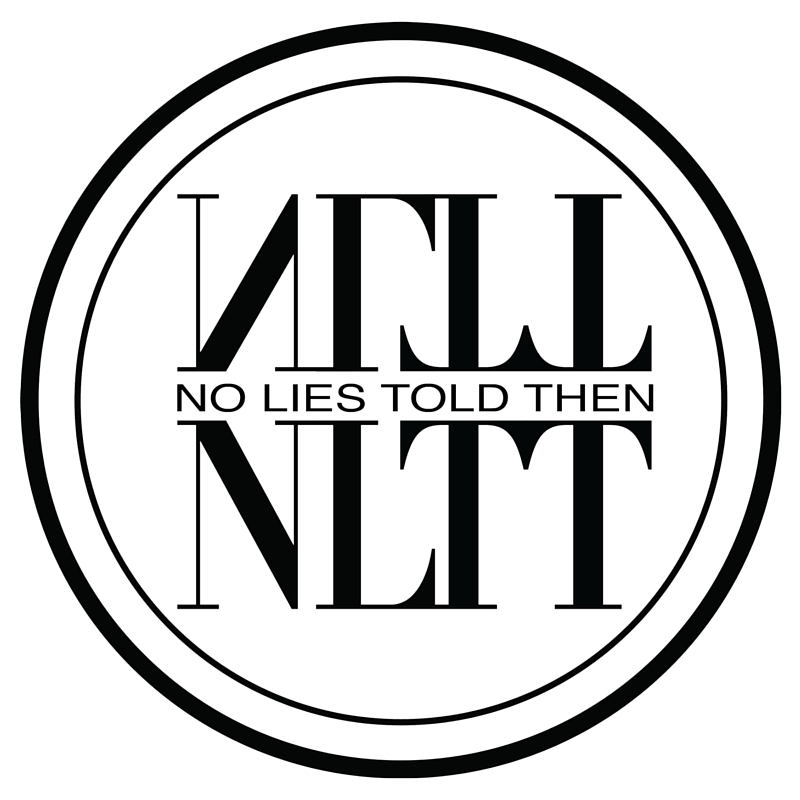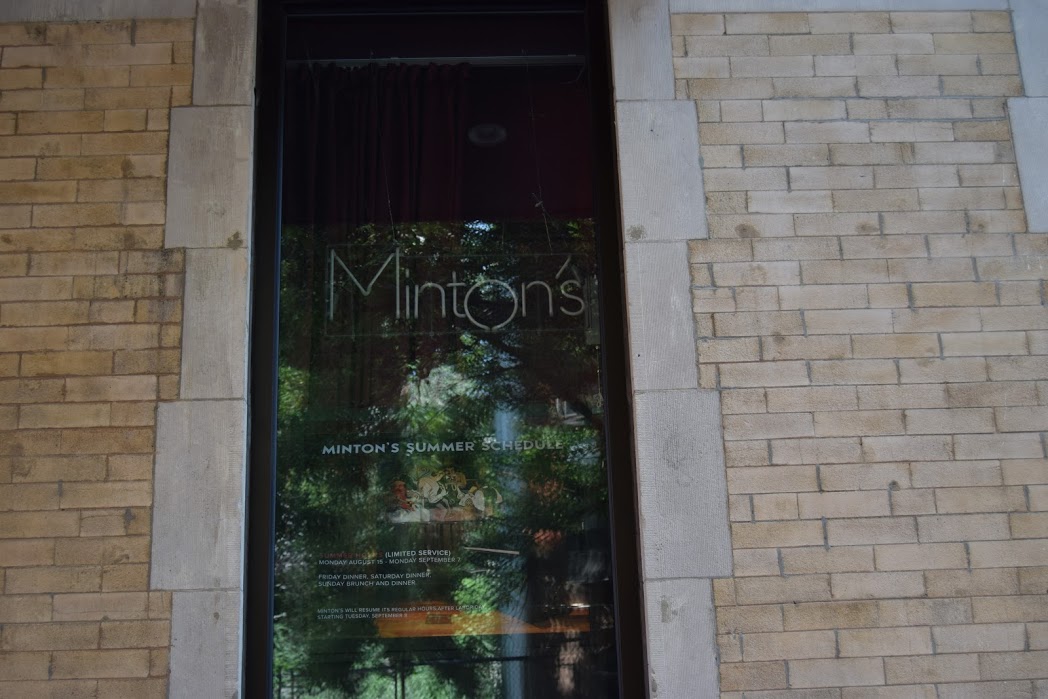Femininity and more specifically society’s perception of it is a highly volatile, complicated and often confusing thing. As women go through the stages that commence with cute, innocent playful girlhood to reach womanhood – the age where society’s pressure piles on, requires more from us and puts a load of expectations on our shoulders. It’s not all gender politics and societal difficulty though – womanhood is also the time we can begin to make choices that suit us, put dreams into action, discover who we are and truly hone the power that is your femininity.
It’s in adulthood that a woman realizes how much power she can possibly have to demand attention and respect from a man – but this realization awakens her to the question of how to use this potent power. A woman can easily be a Helen of Troy, but just as easily she could be overlooked and cast aside by a world that places value on a woman’s outward appearance and her ability to stay in her place as the female of the species. The expectation is that she must not ruffle feathers, challenge, argue or possess a pile of ambitions higher than her male counterpart but at the same time – she must be strong.
The word strong is thrown around a lot but what characterizes it, like a baking recipe is the fine balance of ingredients. In the case of black womanhood strength sounds something like “when the world puts you down, take it with grace and good nature, show your strength through a steely silence and never let them see you break down.” It’s this, the strange balance between weakness and bravery that black women often have to master to fit into the ideal of the perfect woman.
When we watched police officers in McKinney Texas rough up a black female teenager, it became clear that black girls become women a whole lot earlier than they should. A certain distorted maturity is seen in these girls and their demeanor should reflect that – depriving them of the necessary time to make mistakes and not have to grapple with heavy decisions or worse – a misunderstanding society. Their mothers, often suppressed and even ignored by the same world, militantly train their daughters to build up a wall to protect their budding fragile femininity.
There is also the case of a Harris County incident where a black woman was forced to endure a genital cavity search by a sheriff’s deputy during a traffic stop who claimed he smelled marijuana coming from her car. It is an example of another type of strength, yet a familiar story for so many black women – to remain dignified while being violated.
Although different incidents involving two women of color at various stages of their life, the expectations remained the same: submit to authority, suffer in silence, keep your head high. It is an archetype we’ve seen time and time again which perpetuates the myth of the “strong black woman” while ignoring the fullness and complexity of our collective experience.
The Nightly Show discusses Black Womanhood
n No Lies Told Then black womanhood is explored at each important stage. Bridget is the adult black woman, who we see as the end product of society’s belligerence towards feminine blackness. She has been battered by the system, disappointed by love and even her dreams – what should have been driving her forward. She has taken on the persona television and movies loves to show over and over again – the woman looking for someone to want her, someone to kiss away the disappointment and tell her that she’s beautiful, even if she constantly looks for it in all the wrong places. She’s the woman that looks bitter to the world – but she’s actually just nursing a pain we can actually blame on the world. She’s the woman mulling over what could have been and what could have been achieved. Now, as a mother – she has to allow her daughter to dream but create a protective barrier so that this little girl does not also go through the same disappointments she did. She loves her child but that child also reminds her of the detour her life took, never to be the same again. It creates a complicated relationship full of tugs of war and tension as both sides wishes things we different, all the while having to fight the world together – because beyond being mother and child they share black womanhood.
Next to Bridget we have Sandra at age 37, carrying baggage and unquenched wants and needs that start to make her resemble Bridget, the woman she used to look at and expect to be better than. Being a woman’s daughter means you share the bond that makes it possible for her to live her life through you. When you’re young this means being dressed in the clothes she imagines you in and when you’re older this means correcting her mistakes by avoiding them. For all her efforts – Sandra finds herself becoming Bridget. She obviously has found success but there’s no fulfillment because she wants more. At a certain age society stages a reckoning where you’re expected to bring forward what you’ve achieved and also enter the things you’ve failed at for further analysis. Sometimes, as it does for Sandra, the reckoning takes place within, because she looks like she has it all but knows she has barely scratched the surface. We meet Sandra when she feels that her powerful femininity is fading and that her time to set things right is running out. It mirrors how society gives women expiry dates for their femininity and looks down upon a woman who hasn’t ticked off the checklist of expectations that comes with it.
Sandra in her 20s is the picture of black womanhood that presents us with great hope. There is promise, there is potential, there is beauty and there is power. The world has started expecting but it’s still giving leeway and room for mistakes. It’s at this age where often the seeds of what kind of woman one can become are planted; and it’s the age where one can easily sit themselves in a life that they’ll later regret. It could be the result of making a decision to hastily or just not having the courage to aim higher and do all that you’re capable of. Interestingly enough these are in turn things that could easily have been planted by the woman that raised you.
Young Sandra, at 13, is right at the start of the trek to womanhood – decisions are still being made for her and while she enjoys a youthful existence, it’s clear that her experiences and relationship with her mother has forced to grow up a little faster than she needed to. Even in her meeting of George – where she declares she could love him – she says words that seem more natural coming out of the mouth of a woman with several more years on her. Even her conversations with Johnathan reveal a girl with a womanly awareness – thus blurring the lines between girlhood and womanhood.
Strength, or the expectation of it is the string that runs through all stages of black womanhood. It of course exists in different intensities at different ages but there is ultimately the need to always seem okay, to never break down and to learn to temper your feelings. The expectation is to ultimately stay strong as a woman and never show girlish weakness and it works as both a defense mechanism and the root of society’s problem of failing to see a black woman’s pain, disputing it or ignoring it altogether. It is up to us, writers of stories, filmmakers with a camera and women of all ages to lift our collective voice and change stereotypes of who we are as a gender and a people.












